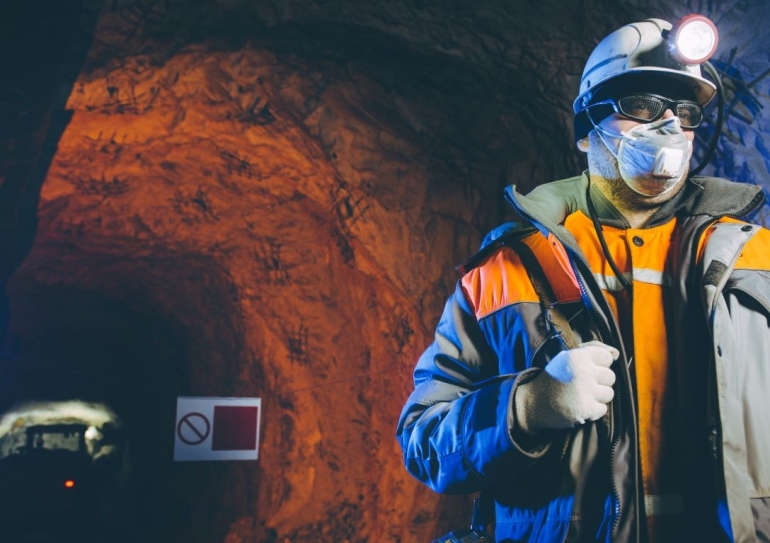UNSW Sydney researchers have been awarded over $5 million in funding from the federal government’s Cooperative Research Centre Projects (CRC-P) program for four projects that will deliver a range of innovative technologies and create job opportunities in key manufacturing sectors, including in regional Australia.
More than $47 million was granted to 22 projects in the latest round of CRC-P program funding in a joint announcement by Minister for Industry, Science and Technology Christian Porter and Minister for Regionalisation, Regional Communications and Regional Education Senator Bridget McKenzie.
UNSW Pro Vice-Chancellor, Research, Professor Sven Rogge said he was pleased to see UNSW researchers working with industry and the community to develop products for commercial use.
“UNSW researchers have once again received funding for the greatest number of projects in the recent CRC-P funding round. It’s pleasing to see UNSW researchers develop strong relationships with industry and community partners, translating research into positive outcomes for society,” Prof. Rogge said.
Some of the projects include:
An environmentally sustainable heating, ventilation, and air conditioning system
A team led by Associate Professor Rukmi Dutta from UNSW Engineering will work alongside Conry Tech Development, Hargo Engineering and Automation Innovation to develop an innovative and cost competitive micro heating, ventilation, and air conditioning system (HVAC) for the global non-residential market.
The system is designed to harness clean energy, reduce energy consumption by over 50 per cent, use more environmentally friendly refrigerants, eliminate the use of fossil fuels, and help limit the spread of viruses within HVAC systems.
“Cooling consumes 24 per cent of Australia’s power, and most air-conditioning systems use refrigerant known to have high global warming potential. An estimated 90 per cent of commercial heating systems burn natural gas and are unable to use clean energy,” A/Prof Dutta said.
“Our project aims to cut carbon with cooling – a disruptive new HVAC technology, which will be a step-change for the industry as the smartphone was for the telecom industry.”
Rock reinforcement for underground mines
A team led by Professor Serkan Saydam from UNSW Engineering will work alongside Jennmar Australia and JIMACK to design, develop and build Australian manufacturing for the world’s highest capacity dynamic bolt support system.
The project will ensure safety and productivity in Australian underground mines remains world leading as they embark on mining deep and high-stressed orebodies, using lower cost large cave mining methods.
“To access deeper orebodies economically, mining companies need to implement new technologies to continue operating sustainably. One of the major hazards in deep underground mining is rockburst, defined as the violent, high velocity ejection of rock into an excavation resulting from seismic activity or high rock stress which may cause major disruptions and safety consequences,” Prof. Saydam said.
“Considering such a health and safety challenge and substantial financial loss, the development of reliable ground support elements is paramount for mining operations. The dynamic bolts aimed to be developed by our project will address these issues.
“The most productive collaborations are strategic and long-term ones, and a shared research vision continues for a long-time founding deep professional ties, trust and shared benefits. UNSW is proud to have previously collaborated with Jennmar Australia in three ARC Linkage Projects.”
A LoRa (long-range) based new network for underground mines
A team led by Dr Binghao Li from UNSW Engineering will work alongside Roobuck, Newcrest Mining and Roboworks to develop a LoRa (long-range) based low power wireless network which can achieve full coverage, provide a backup network, be quickly deployed for rescue work, and support new robotic applications for underground mines.
“The existing technologies for underground mines are costly, difficult to deploy and may fail in an emergency due to the loss of power or damage to communication cables. The LoRa based network can avoid all these problems and is an ideal complement for new mine IoT applications,” Dr Li said.
A full list of the CRC-P grants can be found here.
